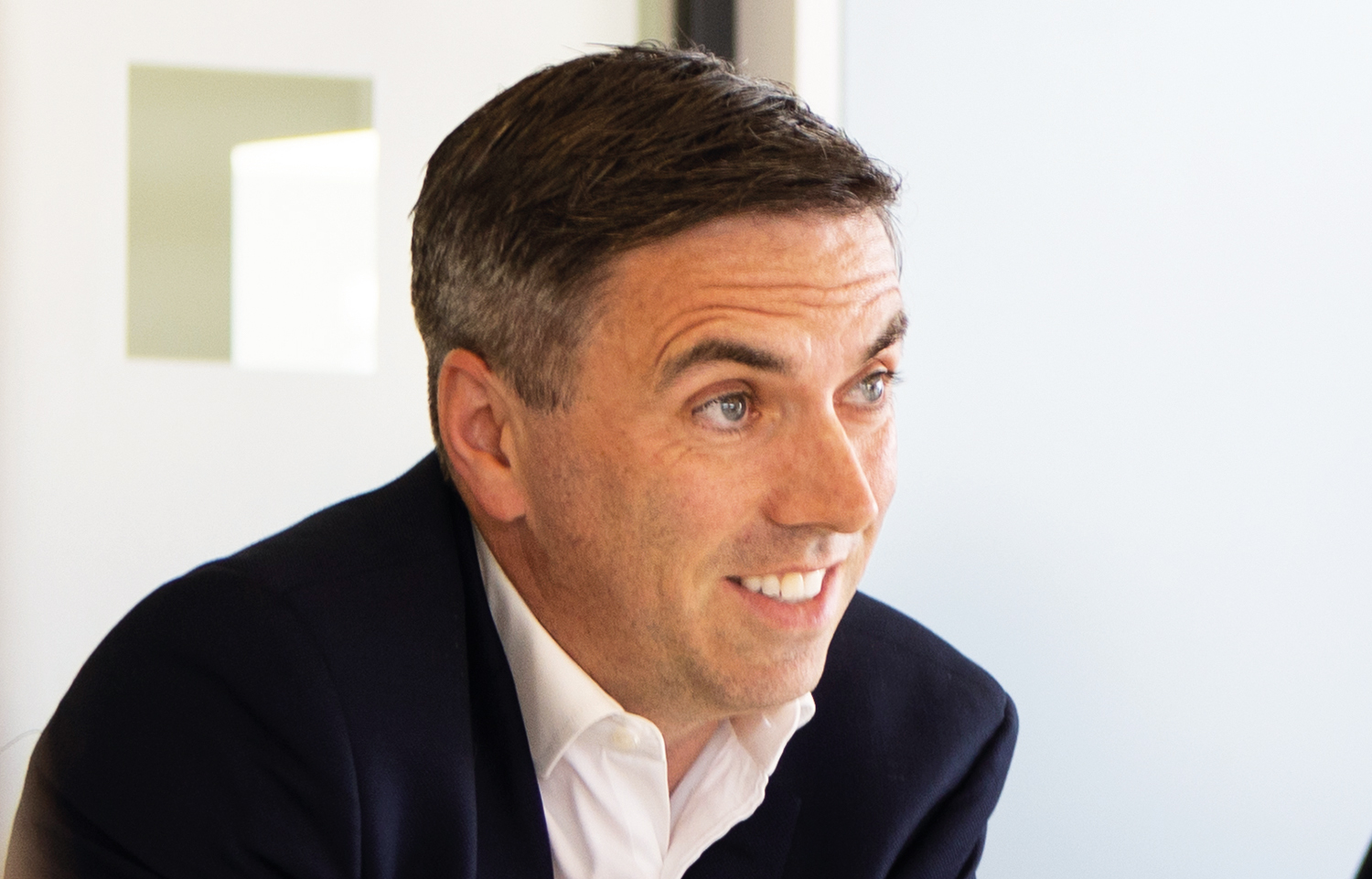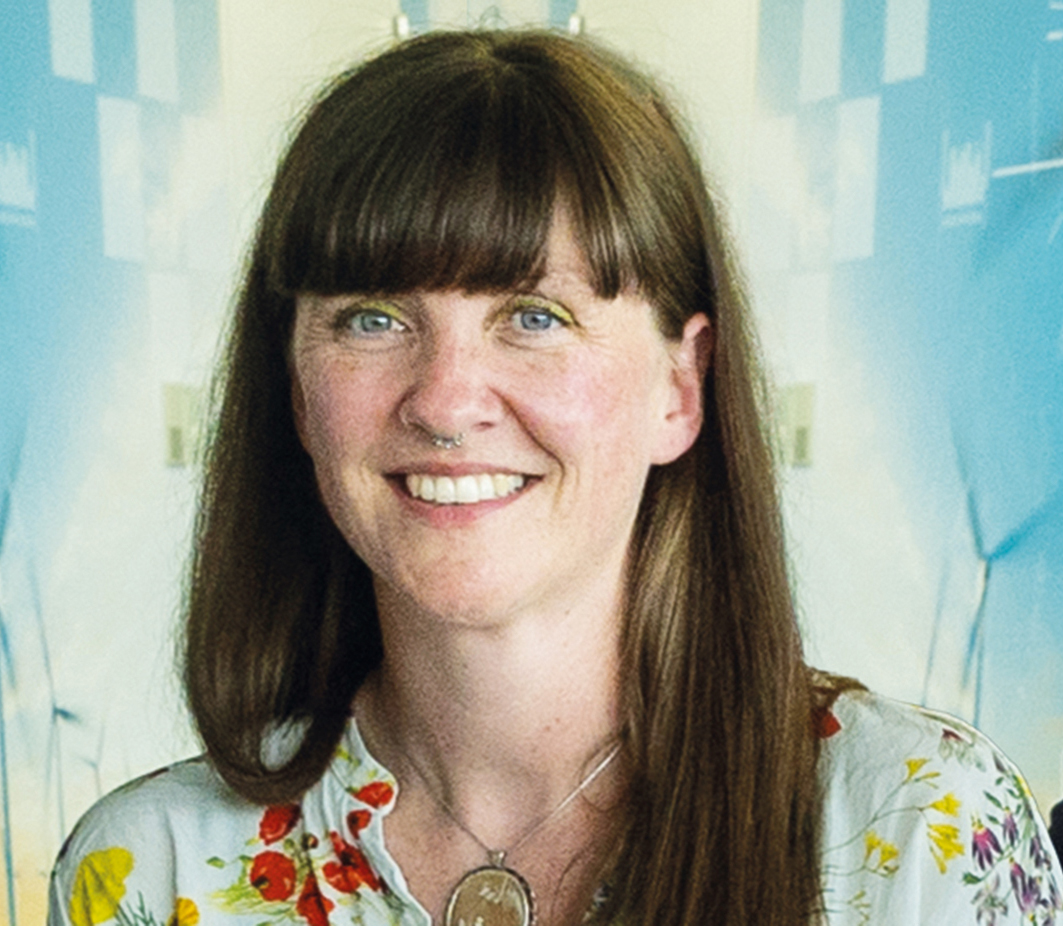
Sustainability awareness is gaining momentum across built environment C-suites, but progress in reducing construction’s carbon footprint remains slow. Tech firm Cohesive and CIOB assembled a panel of experts, including low-carbon working group Zero, to discuss how digital tools can help a faster transition towards net zero. CM reports.
The construction sector is responsible for 12% of all global carbon emissions: the equivalent of five billion tonnes of CO2 per year.
With the 2011 Government Construction Strategy – which introduced BIM and five years later made it mandatory on centrally procured public contracts – the industry was given a framework for a more sustainable future.
Paul Morrell, the first government chief construction adviser and author of that report, was one of the panellists at a round table hosted recently by Cohesive to look at digital’s role in cutting carbon. He noted that, although the political environment has changed, the fundamental challenge remains the same: “There is a need for urgent action,” he said.
The panel agreed that a crucial issue in achieving progress is metrics: if construction wants to move forward, it needs to change its mindset on how it measures performance and outcomes. They emphasised the need for a balanced scorecard approach that considers multiple factors such as cost, social value, carbon and biodiversity.
However, panellists warned about the dangers of greenwashing and the need to engage younger and ‘digitally native’ generations in the discourse.
Earlier in the year, low carbon working group Zero launched a playbook with contributions from more than 100 built environment professionals to increase carbon literacy in the sector and help it achieve to become net zero faster through digitalisation.
Zero’s co-founders, Johnathan Munkley and Matthew Jackson, who joined the panel discussion, noted that although the playbook is “knowingly imperfect”, it is “action-orientated” and “a place to start the conversation”.
The panel concluded on a sobering note made by one of the panellists: during the one-and-a-half hour discussion, the construction industry had produced 850,000 tonnes of CO2.
Dave Philp, chief value officer, Cohesive

One of the biggest challenges we are seeing as an industry, and as construction professionals, is how we reimagine and reconfigure a sector in the context of zero carbon and how we start to address climate action. Ten years ago the headline would be ‘we need to talk about BIM’. Today it is ‘we need to talk about our planet’.
We need to talk about ESG (environmental, social and corporate governance) and what it means in the context of digitisation, and how can it help the built environment transition to net zero. We need a metrics-based approach in the baseline context but also for the whole-life performance of assets as well.
Paul Morrell OBE, chartered quantity surveyor and former chief construction adviser to the government

Although the political environment is very different from that when government introduced its BIM mandate in 2010, the challenges remain the same: there’s a need for urgent action. Action or the lack of it is where the two pieces of work I was involved in over a decade ago diverge.
The announcement of the BIM mandate was no longer a case of whether or even when – but rather of how. It stimulated both the construction and software markets. The general principle was that the path to progress would converge without stifling innovation.
Digitalisation provides us with the means to make the relevant calculations to understand how much carbon there is in construction and how we can get rid of it. It helps us decide between refurbishment and redevelopment.
Paul Dodd, head of infrastructure technology and improving delivery, Scottish Futures Trust

The step change that we are seeing in the industry is around the diligence and scrutiny of thinking about the approach to measurement of performance, both qualitative and quantitative – not just the soft stuff but also the hard.
As Lord Kelvin said: “If you can’t measure it, you can’t improve it.” In doing that, the industry can move to a place where it creates the conditions to allow for digital to flourish.
The same challenges that may be happening within the ESG space are probably similar to what our industry has been looking to address for a while through information management. I think the same challenges are there, sitting around standards and information management: what are we measuring, why are were measuring and how we can measure it.
Eddie Tuttle, director of policy, research and public affairs, Chartered Institute of Building

At CIOB we have seen a change in prioritisation among the discussions that our members are having. We launched the Carbon Action 2050 initiative after Paul Morrell’s report.
I think our industry tends to at times do the same thing, repeat the same processes and develop the same products. From the CIOB perspective, ESG and sustainability are among our top three priorities. They are well developed into our corporate plan and a big part of what we do in terms of external affairs.
When it comes to BIM, there’s still a perception that it’s a product as opposed to a way of working. There are a lot of organisations in the industry that don’t get digital and how important it is to drive sustainability in the global sense.
I don’t think the measurement argument around sustainability is yet fully understood. There’s a role here for us as a chartered body to work with members and the industry towards understanding what it means in practice.
Melissa Zanocco OBE, head of programmes, Infrastructure Client Group

BIM is about transformation of the industry – a change of mindset. Instead of talking about ESG, we should be talking about better outcomes for people and nature. And, rather than talking about carbon, we should be talking about the global systemic challenges facing us.
I’m a bit suspicious of the term ESG: Is it a buzzword? Is it greenwashing? There’s climate change and there’s mitigation and adaptation. A lot of people don’t know that we have already exceeded the limits in biodiversity whereas we’ve already got a few years to go with carbon.
We brought everyone together to define our vision for the built environment: that the explicit purpose of the built environment is to enable people and nature to flourish together for generations. When you are looking at global systemic challenges, you need everybody to work together. Systemic challenges all impact each other: if you improve biodiversity, you usually decrease carbon.
Keith Waller, programme director, Construction Innovation Hub

We need to have ‘value surveyors’ in the industry. Instead of measuring bricks laid and concrete poured, we should also be measuring how much carbon has been reduced, how much social value has been added to a project, the outcomes delivered…
We should be thinking about how we measure those things as a key element of what we do in construction. We’re going to be focusing on small tactical interventions where we have an opportunity, with digital tools and a focus as a society, on delivering better outcomes from the huge investment we make in the built environment. We can then start to measure value in a way that really supports the built environment.
We should be striving towards initiatives that demonstrate lower carbon in production, and lower waste. But we also want to support that with macroeconomic thinking that says: if we have got a large pipeline of schools and homes to build, how do we do it in a way that is sustainable but also supports UK businesses to thrive?
Sara Edmonds, head of citizen engagement, Built Environment – Smarter Transformation

Environmental scientist Donella Meadows said that we measure what we care about and we care about what we measure.
These conversations can be very exciting but also quite frustrating at times. This frustration can happen when the wording in the systems, such as procurement, is aspirational.
Sometimes you get exactly what you had before. The words are not necessarily infiltrating as much within the belief structures of people and how it resonates with them.
This particularly happens in the retrofit space. There’s a huge community-driven movement and initiatives springing up out of frustration for the lack of anything happening from the top-down side.
But, mark my words: the future of construction must be in the retrofit space. And that needs to be a revolution across the country in a very different way from the way that we’ve seen it happen so far.
This article has been produced by Construction Management in association with Cohesive











